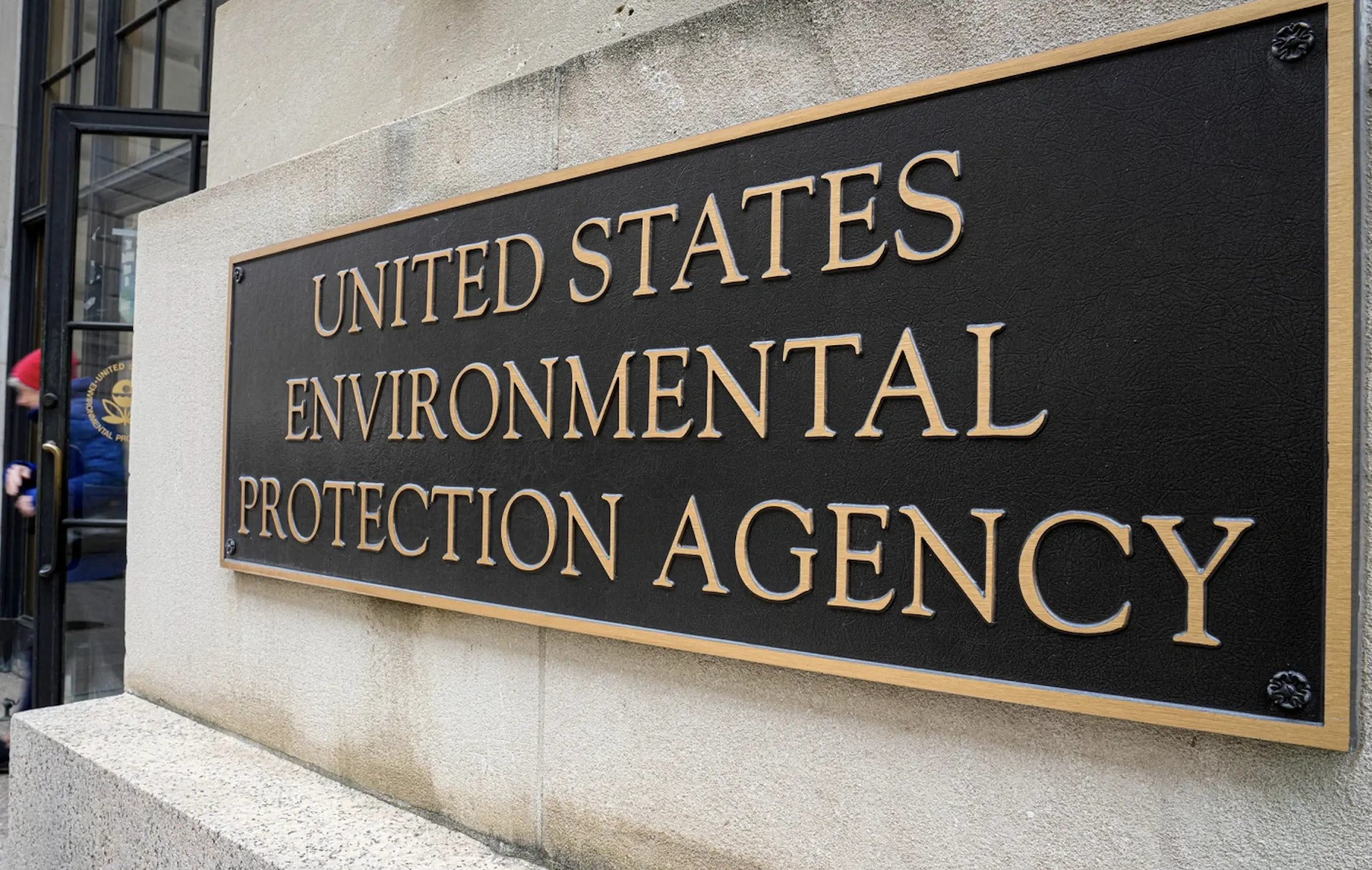
WASHINGTON — The U.S. Environmental Protection Agency has awarded $3.7 million in grants to four organizations in Michigan and Ohio to support farmers in reducing nutrient runoff that contributes to harmful algal blooms in Lake Erie.
Nutrient runoff from agricultural land is the leading cause of toxic algal blooms in the Western Lake Erie Basin. The grants, funded through the Great Lakes Restoration Initiative, will expand conservation partnerships and technical assistance programs to help farmers adopt more efficient nutrient management practices.
The four grant recipients are:
- Ohio Department of Agriculture: $1 million to fund four conservation agronomist positions in the Maumee River watershed to assist with nutrient management on 300,000 acres.
- The Nature Conservancy: $783,616 to expand farmer-to-farmer training networks across Indiana, Michigan, and Ohio and develop new conservation education materials.
- Lenawee County Soil and Water Conservation District: $937,691 to hire two additional staff and develop phosphorus management plans for local farmers.
- University of Michigan: $990,817 to create digital tracking tools and expand nutrient management planning across Michigan’s portion of the basin.
The Lenawee Conservation District’s portion of the grant will directly benefit local farmers and promote effective fertilizer use throughout the region.
EPA officials said the goal is to improve water quality and help farmers keep nutrients on their fields, reducing runoff and building a more sustainable future for Lake Erie.
